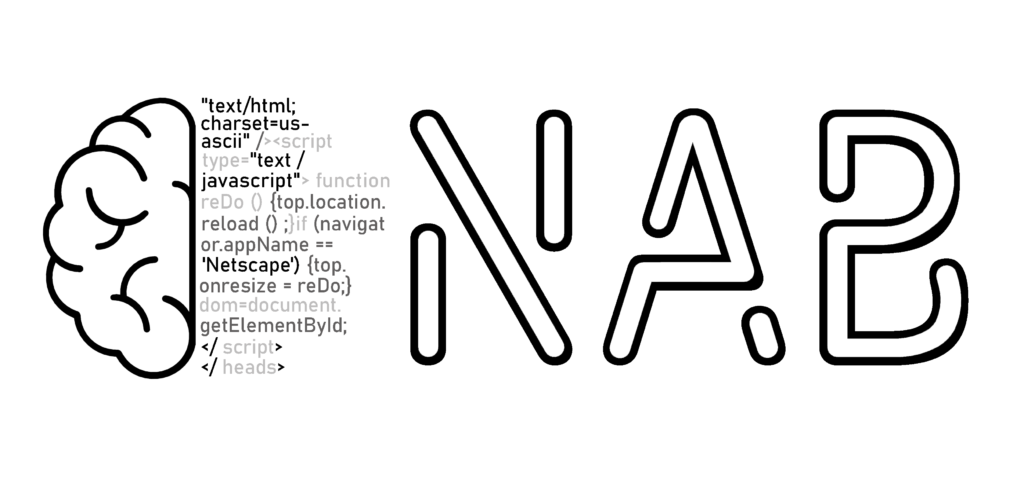The final full week of July 2025 delivered a wave of momentum across the AI sector, marked by rising investments, new regulatory developments, and accelerating enterprise adoption. Here’s a comprehensive breakdown of the key trends and movements.
📈 Sector Overview
The AI market cap rose by 4.3% week-over-week, led by gains in AI semiconductors, autonomous system firms, and AI infrastructure providers. Investor confidence was boosted by better-than-expected Q3 forecasts and continued demand for AI-driven automation across finance, healthcare, and logistics.
🧠 Key Developments
1. AI Chips Powering the Upswing
NVIDIA, AMD, and Asia-based chipmakers saw an average stock price increase of 5–8% amid bullish sentiment. This followed multiple revised earnings forecasts and new contracts from cloud service providers focused on scaling LLM operations.
📌 Notably, several Tier-1 suppliers secured multi-year AI silicon deals with logistics giants experimenting with autonomous delivery fleets.
2. AI in Finance Surges +6.2%
The financial services industry continues to lean heavily into AI. The past week saw:
Surge in adoption of AI models for real-time fraud detection
Expansions in predictive portfolio management systems
Venture capital moving into fintech-AI startups
This marks a 6.2% sectoral growth, aligning with broader enterprise digital transformation efforts.
3. Regulation Watch: U.S. & EU
Regulators on both sides of the Atlantic took significant steps:
United States: Introduced a draft federal policy focused on safe and transparent AI deployment across sensitive industries. Key priorities include auditability, interpretability, and traceability.
European Union: Proposed updates to the AI Compliance Act, including mandatory reporting standards for high-risk AI models and LLM governance protocols.
These signals are critical for long-term market stability and trust.
4. Autonomous Systems: From Labs to Roads
Autonomous AI systems gained traction with pilot programs launched in Germany, South Korea, and California. These include:
AI-powered last-mile logistics
Real-world autonomous vehicle testing
Coordinated AI drone fleet simulations
Funding and cross-border collaborations are increasing, pointing toward a possible commercial phase by 2026.
🔬 Innovation Hotspots
Here’s a quick look at where R&D is accelerating:
| Subsector | Activity Level | Key Highlights |
|---|---|---|
| AI Infrastructure | 🔼 High | Cloud providers scaling vector databases |
| LLM Optimization | 🔼 Moderate | Focus on parameter efficiency + memory compression |
| AI Ethics & Safety | 🚀 Growing | Funding rounds for auditability toolkits |
| AI in Biotech | ➖ Stable | New protein-structure AI models emerging |
📉 Risks & Challenges
While optimism remains high, challenges persist:
Model opacity: Calls for explainable AI are rising
Energy usage: AI training workloads are under ESG scrutiny
Market saturation: Concerns around bubble valuations in early-stage AI startups
💬 Frequently Asked Questions (FAQ)
What caused the AI market to rise in late July 2025?
The 4.3% weekly growth was driven by stronger-than-expected Q3 earnings, increased enterprise adoption of LLMs, and growing demand for AI chips and infrastructure.
Which AI sectors saw the most growth during this period?
Semiconductors, AI infrastructure, and financial AI led the way. These were supported by investments in automation, autonomous systems, and ethical AI tooling.
What is the status of AI regulation in the U.S. and EU?
The U.S. introduced a draft federal policy on safe AI deployment, while the EU proposed updates to the AI Compliance Act to improve oversight of high-risk models.
How is AI being used in finance as of July 2025?
Financial institutions are increasingly adopting AI for real-time fraud detection, predictive portfolio management, and operational automation. The sector grew by 6.2% that week.
Why is explainable AI (XAI) important now?
As regulations and public scrutiny grow, the market is demanding transparency in how AI models make decisions. XAI tools are gaining traction as a result.
Where can I get deeper analysis on AI trends and arbitrage?
You can explore in-depth breakdowns, case studies, and signal-driven insights at NeuralArB.com — including coverage of compliance, LLMs, and AI trading tools.
🔗 Final Takeaway
The AI landscape is maturing rapidly. Last week’s developments suggest a market increasingly shaped by:
Clearer regulation
Smarter capital allocation
Real-world use-case validation
📢 Want deeper insights into AI-driven arbitrage, compliance tech, and LLM adoption patterns?
👉 Visit NeuralArB.com for full analysis, case studies, and signal intelligence.
🔗 Related: AI-Powered Cryptocurrencies in Crypto Arbitrage: The Next Frontier of Trading Efficiency
🔗 Related: How AI Arbitrage Is Disrupting Forex, Equities, Commodities & Crypto Markets
Tags: #AInews #AIMarket #ArtificialIntelligence #LLM #AIEthics #AIregulation #AIinFinance #NeuralArB


